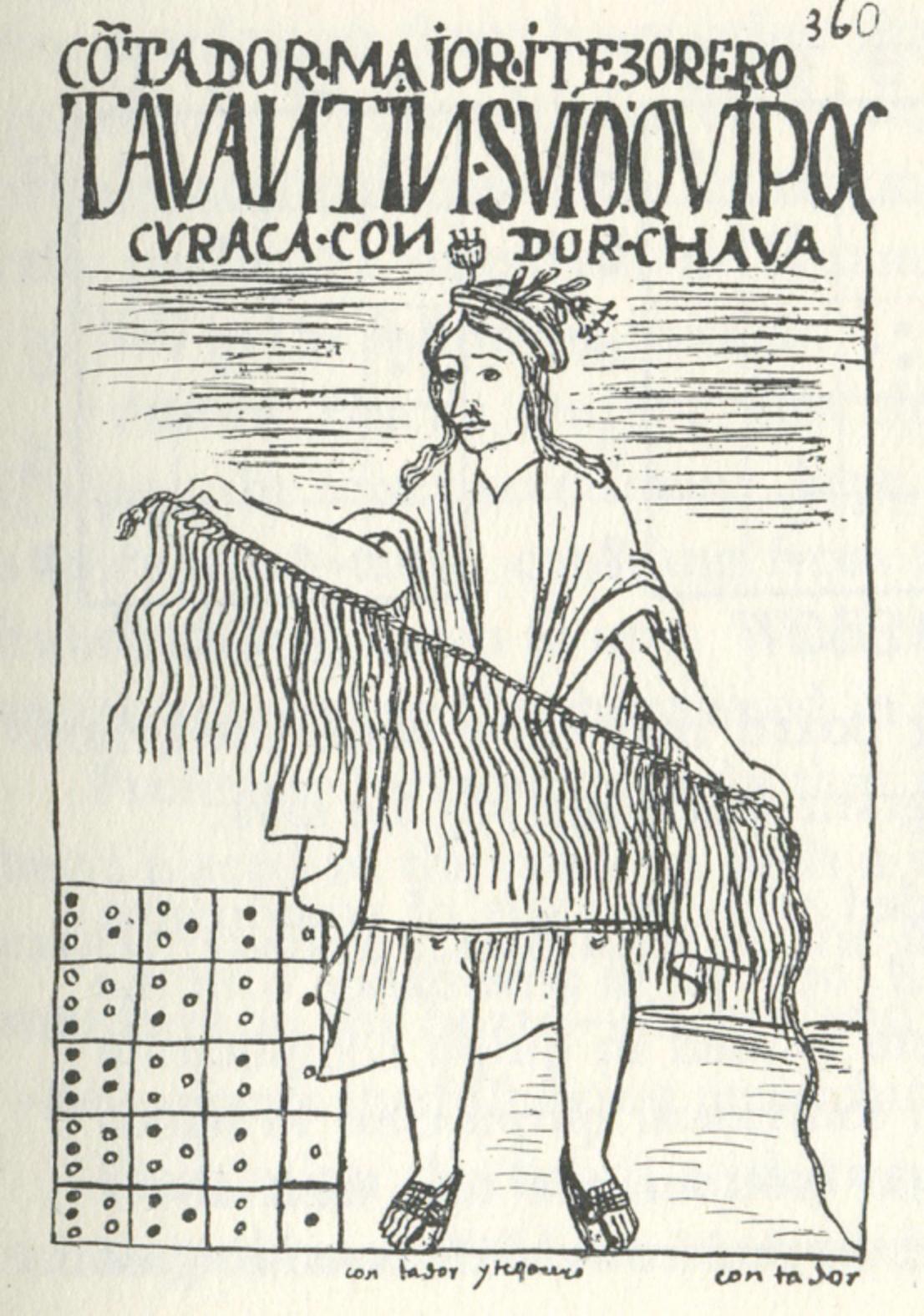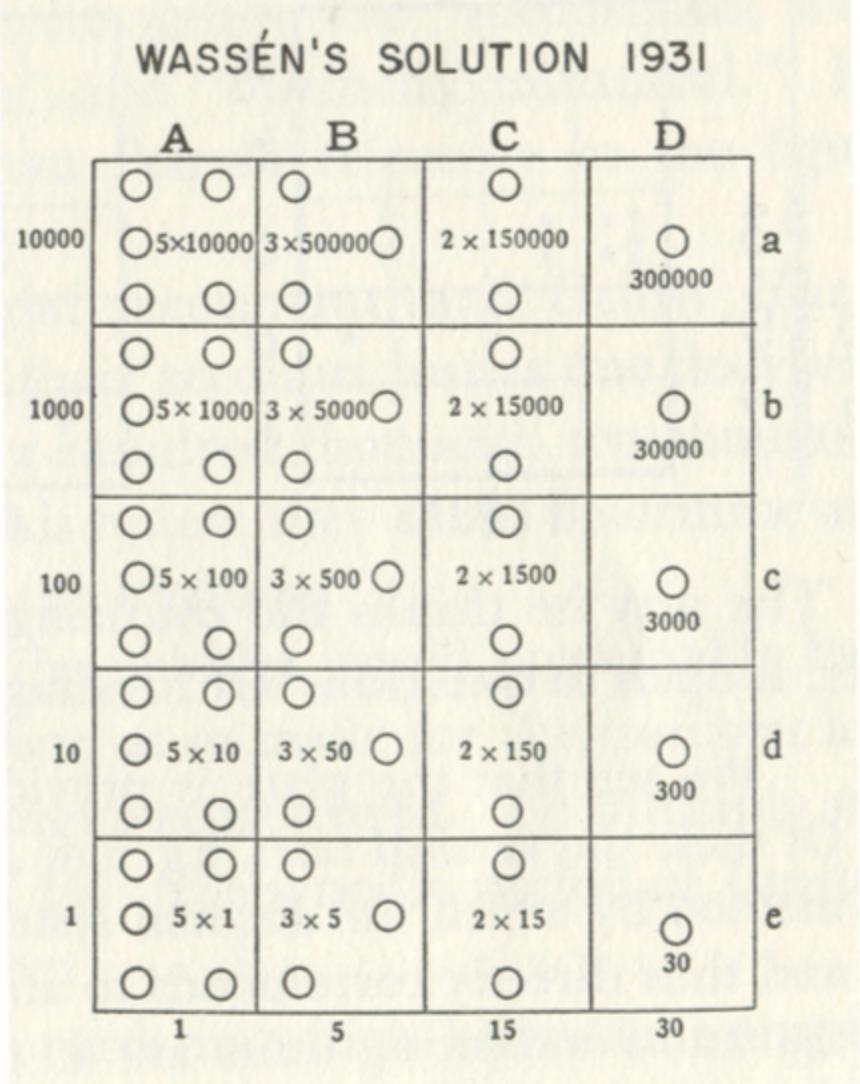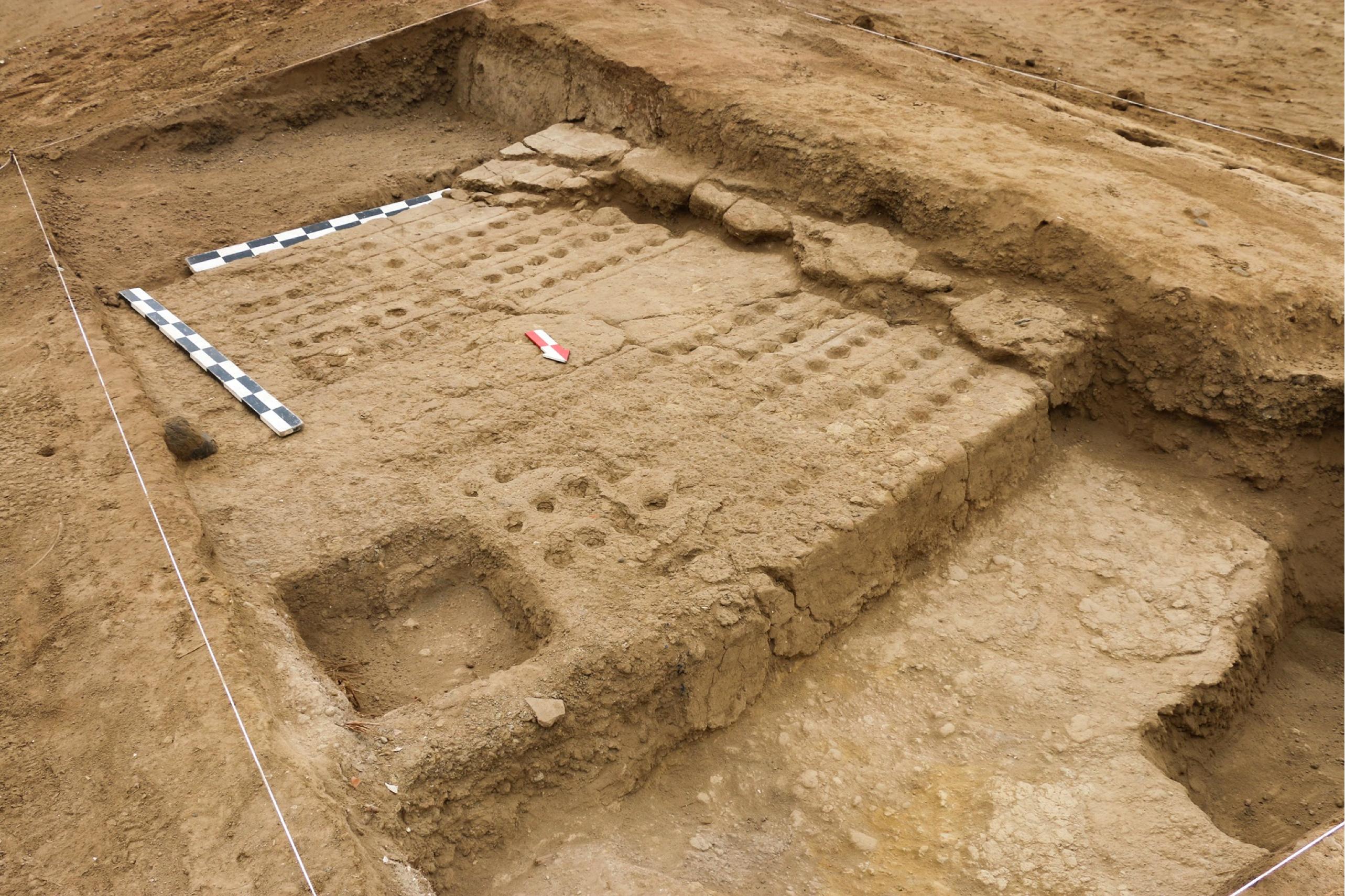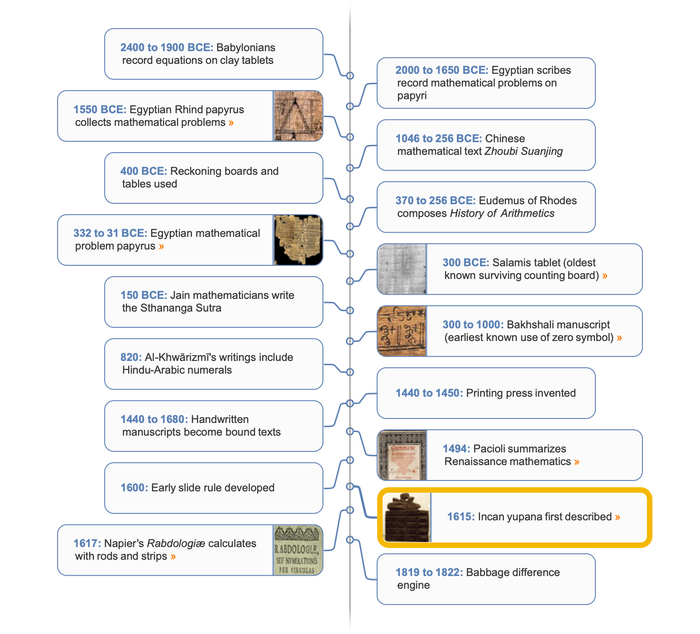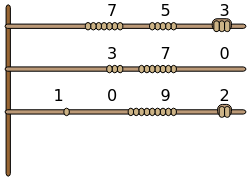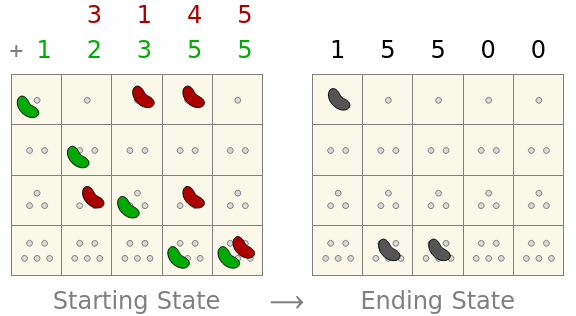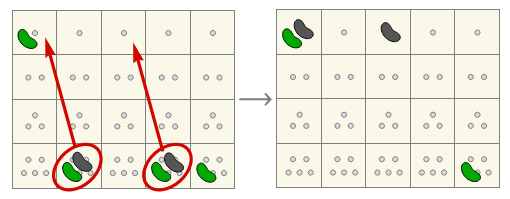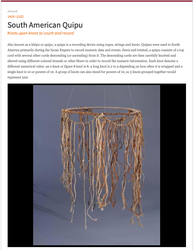1615
Incan Yupana
Ancient Incan abacus
Yupanas were ancient calculating device of the Incas. The term yupana derives from the indigenous Andean Quechua language in which yupay means "to count." The most important historical document concerning the yupana is a sketch made by Felipe Guaman Poma de Ayala in 1615, which was originally lost then rediscovered at the Royal Library of Copenhagen in 1916. While the yupana depicted by Poma de Ayala is laid out in a 5 × 4 grid, examples shaped as polygons with different numbers of sides are also common.

The earliest known yupanas have been dated to 200–600 CE. These early yupanas are morphologically distinct from the later ones used for computation and have variously been interpreted as game boards or architectonic models. Musical instruments with similar shapes were also used by Andean peoples. However, the type of yupana described by Poma de Ayala in 1615 consisted of a tablet upon which stones, grains or beans were placed and manipulated to perform calculations. While there are many historical accounts of these calculating devices, not many details concerning their functioning have survived. However, it is still possible to infer much about how these devices were likely used.
